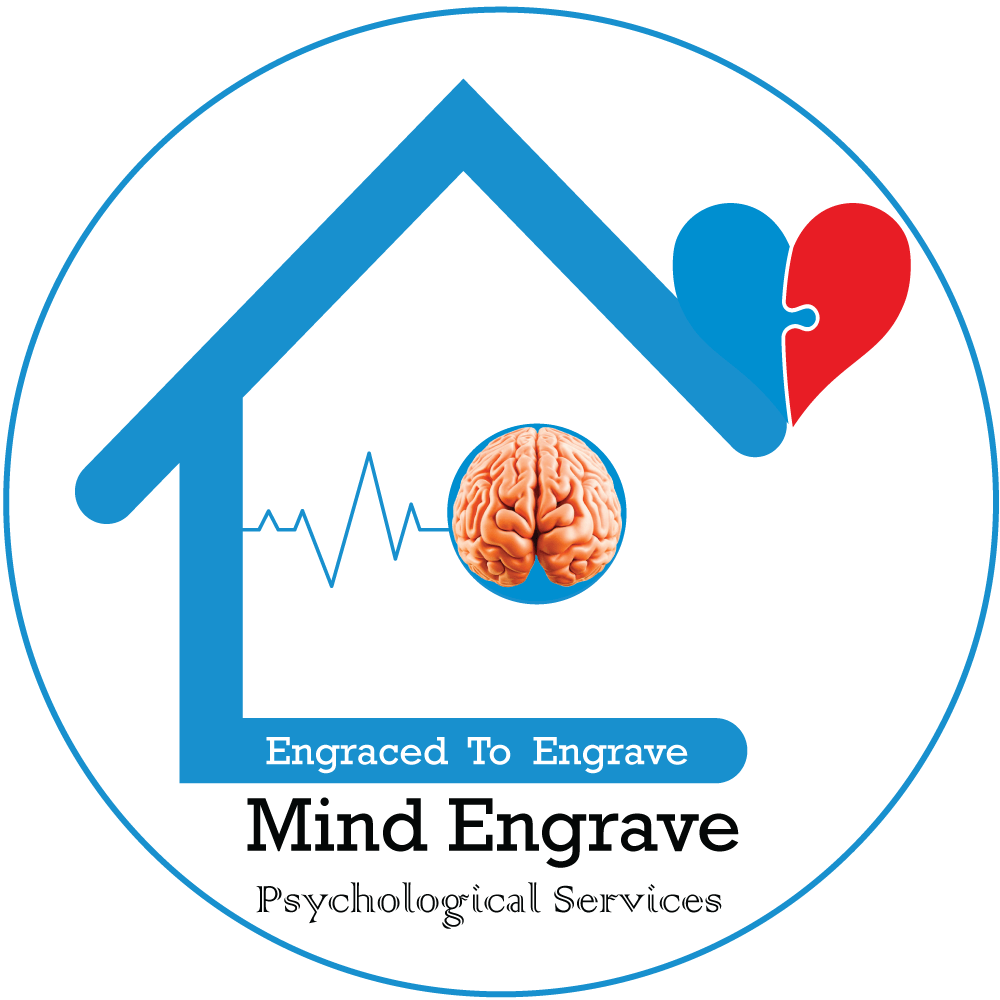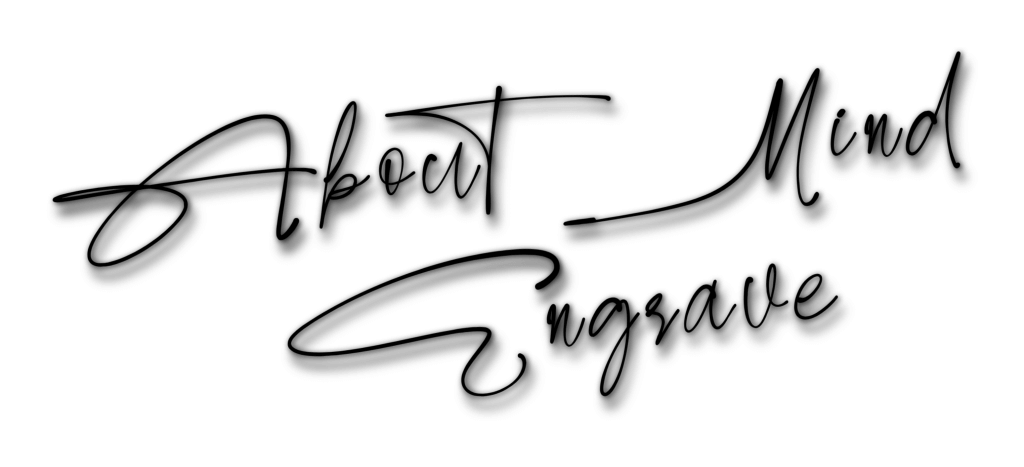Leadership: What It Is
What is leadership? At its heart, leadership means guiding people toward a shared purpose and creating the conditions for them to succeed. Leaders set direction, model behavior, and enable others to act. They clarify goals, remove obstacles, and hold teams accountable. They also listen, so they learn from the people they lead and adjust plans as conditions change. This clear view of leadership helps anyone stop guessing and start practicing leadership every day.
People often confuse leadership with authority, but leadership depends on influence more than rank. Influence grows when people trust you, when you communicate clearly, and when you deliver on commitments. Trust builds from consistent action. Therefore, leaders earn followership through small, repeated steps. They show competence, show care, and create connection. Those three actions work together to strengthen leadership over time.
Leadership includes practical skills and inner habits. Practical skills include setting strategy, giving feedback, and resolving conflict. Inner habits focus on self-awareness, calm under pressure, and a willingness to learn. When you combine skills and habits, you create durable leadership that works across teams and situations. For example, a manager who plans well but ignores team morale will not sustain results. Conversely, someone who inspires but lacks planning will struggle to convert intention into outcomes. Effective leadership balances both sides.
Emotional intelligence guides how you read people, manage stress, and resolve conflict. Practice active listening. Then, apply structured feedback in one-on-one meetings. These habits strengthen team trust and sharpen leadership skills. Leaders achieve deeper connection when they develop self-awareness and empathy. For a deeper dive into these traits, consider exploring the emotional intelligence framework detailed by Harvard Business Review.
Leadership also appears in many styles, and each style fits different needs. Some leaders direct with clear orders when teams face urgent danger. Others coach, asking questions that help people grow. Some leaders delegate and create space for others to lead. Good leaders know how to switch styles depending on the moment. They read context and choose actions that match team readiness. This flexibility proves crucial during change.
To develop leadership, start with clarity about values and goals. Values shape decisions when pressure rises. Goals guide daily work and provide a way to measure progress. Write down three values that will guide your leadership. Then pick one concrete goal you will pursue for ninety days. Short cycles create momentum. They also produce quick feedback so you can learn faster.
Communication forms the backbone of leadership. Speak with purpose and listen with intent. When you explain a decision, include the why, not only the what. People accept change more easily when they understand context and reason. Use simple language and repeat key points. Repetition does not bore when messages matter. It anchors understanding and reduces confusion. In addition, practice asking focused questions that invite ideas and build ownership.
Feedback drives improvement and strengthens trust. Offer timely, specific feedback linked to behavior and outcomes. Ask for feedback in return. A leader who invites critique models humility and accelerates team learning. Create a habit of short, regular check-ins where people can share wins and struggles. These quick exchanges maintain alignment and prevent small issues from growing into large problems.
Decision-making reveals much about leadership. Make decisions based on evidence, not just opinion. Gather relevant facts, consult those affected, and choose a path with clear rationale. Explain your choice and the expected outcomes. If results diverge from expectations, revisit the decision and learn what changed. Leaders who treat decisions as experiments encourage innovation while managing risk.
Leadership thrives on strong relationships. Build ties across and beyond your team. Relationships matter because work depends on cooperation. When you form connections with colleagues, you enable faster problem solving and smoother handoffs. Start meetings with brief personal check-ins. Small personal exchanges increase empathy and create a safer space for honest discussion. Over time, these small rituals build the social capital leaders need.
Personal growth moves leadership from theory to practice. Commit to continuous learning by reading, training, and seeking mentors. Pick one new skill to practice each month and track progress. Practice in public settings where feedback has value. For instance, lead a short team discussion or present a project update. Public practice accelerates learning and builds confidence.
Trust forms the currency of leadership. Protect trust by keeping promises, owning mistakes, and acting with consistency. When leaders hide errors or shift blame, they break trust immediately. Conversely, when leaders admit mistakes and correct course, they strengthen credibility. Transparency matters. Share what you know, what you do not know, and what you plan to find out. Honest communication reduces rumor and increases focus.
A strong leader builds teams that solve problems together. Design work so roles remain clear while people retain space to contribute ideas. Encourage diverse perspectives and challenge the team to consider alternatives. Diversity improves decisions because it expands the pool of possible solutions. Create rules of engagement for debates: allow disagreement, insist on respect, and require decisions after a clear discussion. These rules help teams move from argument to action quickly.
Leaders must manage energy as well as tasks. Avoid burning out your team with endless urgency. Set realistic rhythms for work, rest, and reflection. Celebrate milestones, and encourage healthy habits like short breaks and time away from screens. Energy sustains focus and creativity; it determines whether teams can deliver over the long term.
Coaching and mentorship accelerate leadership development in others. Invest time in one-on-one meetings focused on growth rather than only task updates. Ask open questions that help people discover their next steps. Give assignments that stretch skills just enough to be challenging, not overwhelming. As people learn, they gain confidence and assume more responsibility. A leader who grows others expands the organization’s capacity.
Biases and blind spots endanger leadership if left unchecked. Seek feedback from trusted peers and act on it. Use tools like 360-degree reviews or simple anonymous surveys to surface hidden patterns. Once you identify a blind spot, set a learning plan to address it. Small, steady changes reduce risk and improve outcomes.
Culture reflects leadership choices. The behaviors leaders reward become the team’s habits. If leaders praise speed without quality, the team rushes. If leaders celebrate curiosity and correction, the team experiments more. Therefore, align recognition, incentives, and messages to the culture you want to create. Reinforce desired behaviors and discourage contrary actions with consistent feedback.
Ethical leadership builds lasting value. Choose integrity over short-term gain when values conflict with convenience. People notice and remember how leaders act in hard moments. Ethical choices create loyalty and reduce turnover. Also, ethical leaders make clear rules and apply them fairly. Fair application of rules creates a predictable environment where people perform confidently.
Technology affects how leaders guide teams today. Use tools to amplify communication and track work, but do not let technology replace human judgment. Pick tools that simplify collaboration and free people to do higher-value work. Train your team on tools and monitor how technology changes workflows. Simultaneously, protect time for human connection that machines cannot replace.
Leadership matters across contexts. Parents lead families, teachers lead classrooms, and managers lead teams. Leadership at every level shapes outcomes. When individuals at all levels adopt basic leadership habits—clarity, listening, feedback, and follow-through—systems improve. Encourage leadership beyond titles. Empower people to act when they see opportunity.
Measuring leadership progress keeps development practical. Define clear indicators like team morale scores, project on-time rates, and retention numbers. Mix quantitative measures with qualitative feedback from customers and team members. Regularly review these indicators and use them to set new targets. Measurement turns vague goals into focused action.
Finally, leadership demands courage. Step into hard conversations, make tough calls, and stand by the values that matter. Courage does not require grand gestures; it grows from daily choices to speak up and follow through. As you practice courage, you expand your capacity to lead more complex challenges. In short, leadership means setting direction, creating the conditions for success, and growing people. It combines concrete skills with inner habits. You can develop leadership by practicing communication, decision-making, feedback, and coaching. You can also strengthen teams by designing clear roles, protecting energy, and building trust. Start with small, measurable actions and scale what works. Over time, daily discipline yields significant change in outcomes and influence.
Further Reading:

Odusanya Adedeji
Odusanya Adedeji A., is a Licensed & Certified Clinical Psychologist whose domain of expertise cuts across management of specific mental health issues such as, Depression, PTSD, Anxiety & Anxiety related disorders, substance use disorder, etc








